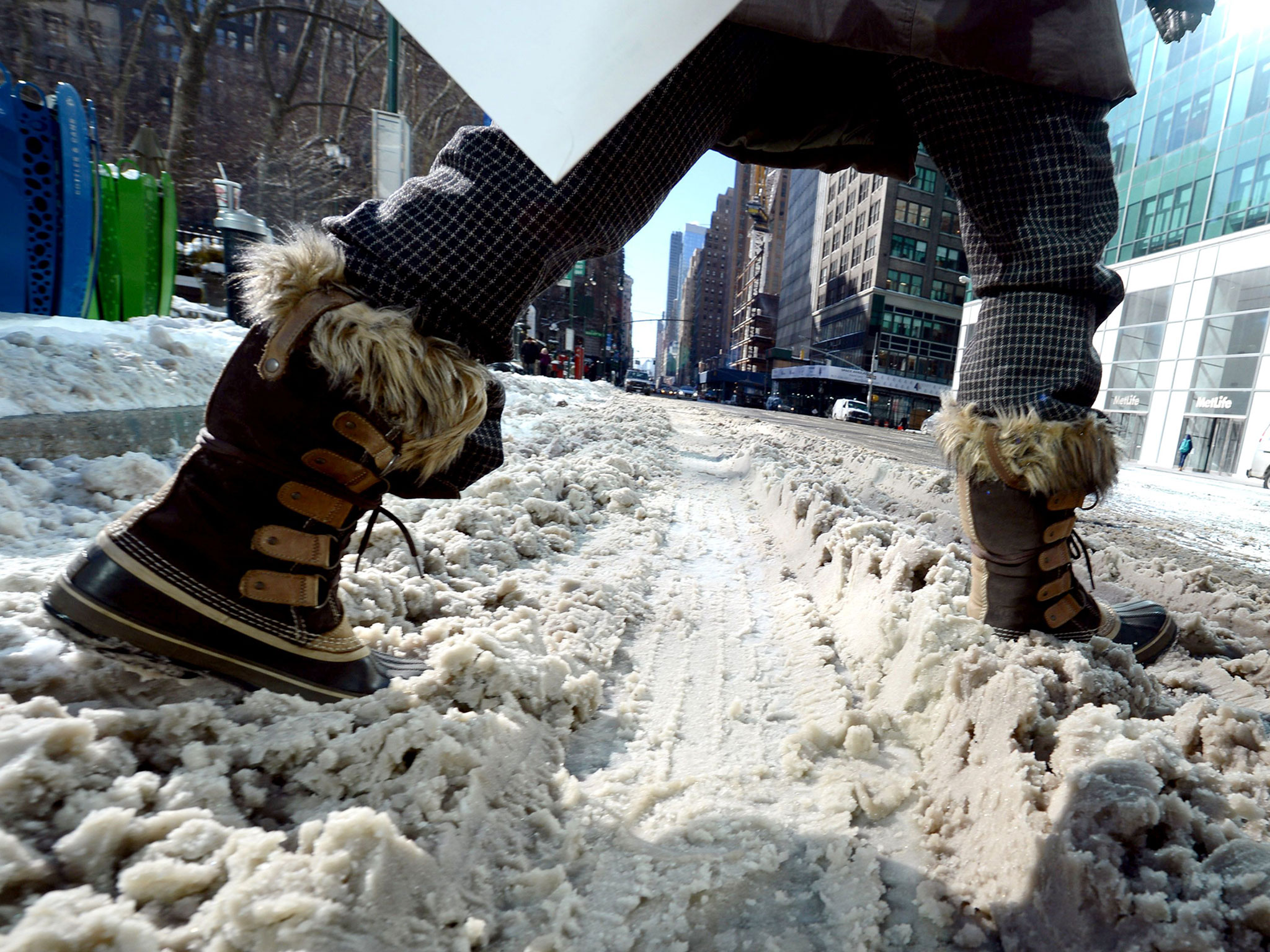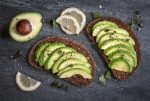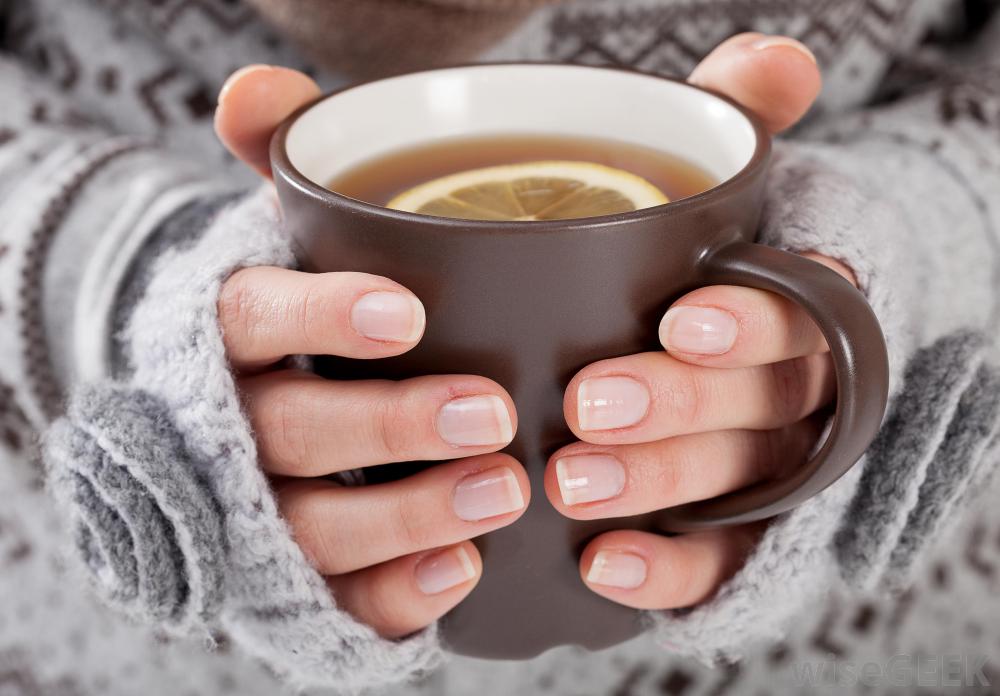
People living in snowy climes like Canada are only too aware of how stressful walking on slippery sidewalks and roads can be during winter. A team of Canadian scientists recently tested almost 100 different types of boots for slip resistance and selected only eight models among their top picks. All the others were deemed not good enough to be reliably slip-resistant. In fact some winter boots were so bad they could not even stand up on level ice according to Dr. Geoff Fernie, research director of the Toronto Rehabilitation Institute The tests were rigorous and involved a unique Maximum Achievable Angle (MAA) method, using real people in simulated winter conditions, conducted in an underground WinterLab. The participants walked both uphill and downhill on surfaces covered with both bare and melting ice and the largest angle reached before they slipped under any of these conditions was awarded an MMA score for each pair of boots. All the participants wore harnesses while the tests were conducted so that they did not fall after slipping. The WinterLab recreated the ice on moveable surfaces, wind speeds up to 18 miles an hour, and sub-zero temperatures.
Three pairs of safety boots and five pairs of casual boots passed the test. They all received a ranking of one ‘snowflake’ out of a possible 3 which meant that their MAAs were between 7 to 10 degrees. Curb ramps in the province of Ontario are not supposed to exceed 7 degrees by law and none of the boots tested got more than 1 snowflake.
Only two women’s boot shoe models received a snowflake. In the casual category, only the Sperry Powder Valley Vibram Arctic Grip Boot got a score of 9. And in the safety category, the Marks Dakota CTCP Transitional boot which is only available in Canada, qualified with a score of 8. In the men’s category, some of the models that made the cut included models from Caterpillar, Sperry, Wind River, and Marks. The ones that had the best outsole grips were the Green Diamond and Vibram’s Arctic Grip models. The Green Diamond outsoles are made of robber with grit embedded in them while the Artic Grip outsoles are smooth with tiny crampons.
Shoppers now have slip-resistant ratings for shoes for the first time, similar to the ratings given for winter tires. The researchers concluded that many serious injuries might possibly be prevented going forward by people choosing to buy better non-slip footwear. More than 21,000 people went to hospital in Ontario last year after slipping on ice and often the injuries were serious. The results of the tests on the boots have been published on www.ratemytreads.com. Dr. Fernie also expects the ratings to have more impact in the future as the lab is testing shoe prototypes that can hold their grip on more than 10 and possibly up to 15 degrees. If successful, his team hopes to collude with manufacturers to get these technologies into production so that they become available in store shelves within two years. This will be a positive spinoff for customers as winter boot manufacturers will be forced to be more competitive and improve the quality of their merchandise.
The tests did not include simulated snow or the more treacherous snow covering ice as these conditions were difficult to recreate in the WinterLab. The hardiness of the new outsole materials have likewise not yet been tested. The snowflake ratings come into the reckoning if the boots are able to negotiate the minimum 7 degree inclines and the maximum snowflake rating of 3 would involve negotiating a 15 degree slope. Fernie said that he thought there would be significant improvements in the rating scores within a few years and that the lab, along with boot manufacturers, are working on developing more slip-resistant materials.







